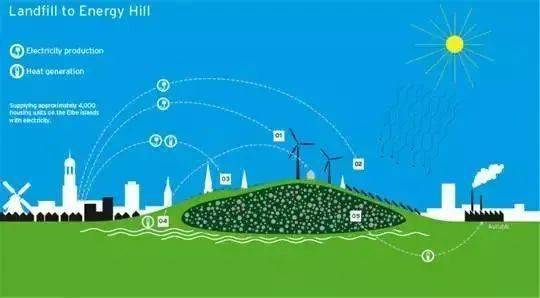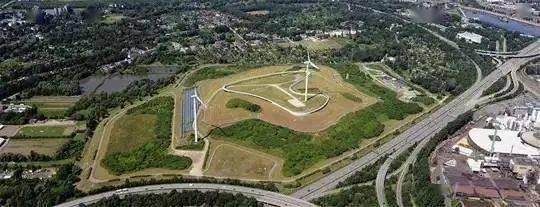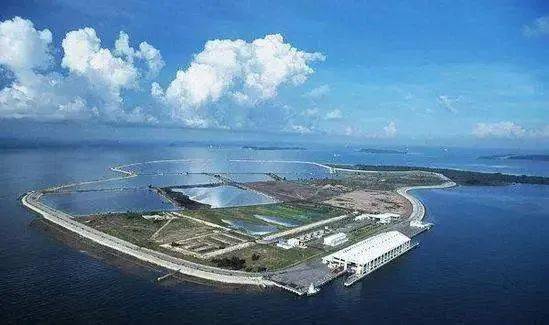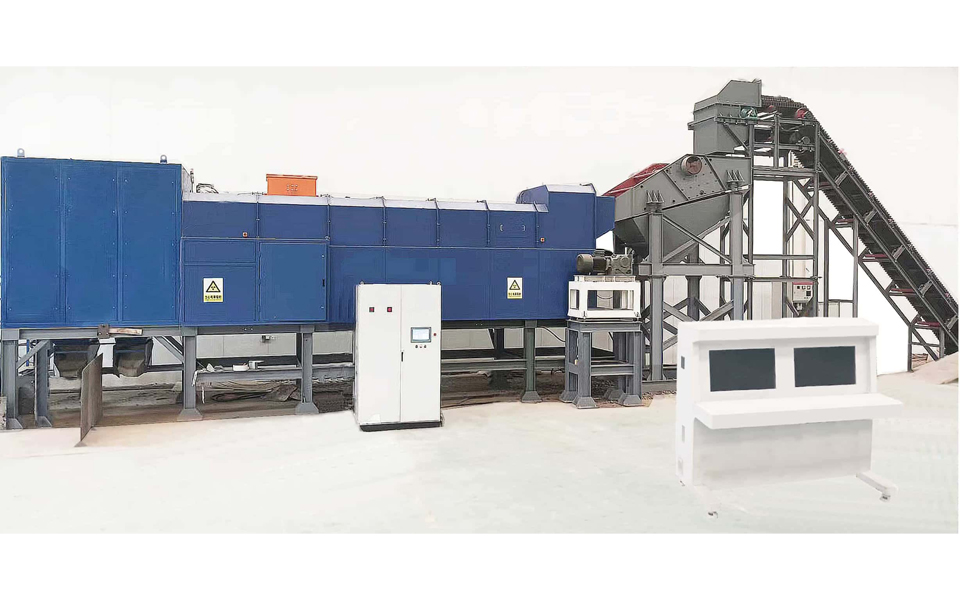Subscribe to our newsletter and always be the first to hear about what is happening.
How do developed countries treat construction waste?
Jan 16, 2023How do developed countries treat construction waste?
Application areas
It is mainly used in the sorting of ore, anchor rods, steel brazier, rags, wood, iron parts, waste filling pipes and other miscellaneous sorting in the process of ore production and transportation, replacing manual hand sorting, laying the foundation for reducing personnel labor, lowering equipment failure rate, reducing staff and increasing efficiency.
Introduction
Construction waste is the waste generated in the process of building, maintenance and demolition, including waste concrete blocks, asphalt concrete blocks, mortar and concrete scattered during the construction process, broken brick slag, metal, bamboo and wood, waste from decoration, various packaging materials, etc., mainly solid waste.
For a long time, the reuse of construction waste in China has not attracted much attention, and it is usually transported to the suburbs or rural areas without any treatment and disposed of by means of open piles or landfills. The recycling of construction waste has become a major problem for urban construction. At the same time, there are still many materials in construction waste that can be recycled, and the immature construction waste treatment methods in China have invariably caused great waste of resources. The utilization rate of construction waste recycling in developed countries has reached 60% to 90%, or even 100%, while China is still less than 5%. Today, we share with you the experience of several developed countries in dealing with construction waste.
Japan
Japan regards construction waste as a "construction by-product" and attaches great importance to its reuse as a renewable resource. For example, port facilities and other infrastructure parts for renovation projects can use recycled stone to replace a considerable amount of natural quarry gravel material. Japan's leading policy on construction waste is to not transport construction waste from construction sites as much as possible and to reuse construction waste as much as possible. "Construction by-products" are divided into three categories: waste that cannot be used as raw materials, building materials that can be reused as raw materials (e.g. concrete blocks, wood), and building materials that can be reused directly (e.g. slag, metal). It can be seen that in the Japanese concept, the residual materials produced in the construction process are not all waste.
In Japan, there are more than 20 types of "construction by-products", and different laws apply to the disposal of different types of by-products. For example, weeds are treated as general waste, wood and construction sludge are treated as construction waste, metals are treated as industrial waste, asbestos, fluorescent light transformers and other toxic and hazardous substances are treated as specially managed industrial waste, and construction debris is not classified as waste.
Reducing construction site waste generation and reusing it as much as possible are the main principles of construction waste disposal in Japan. According to the "Outline for the Promotion of Appropriate Treatment of Construction By-products", construction project contractors and builders are obligated to reduce the generation of construction by-products during the construction process, and building material suppliers and building designers are obligated to produce and use building materials that can be recycled. Construction byproducts that can be reused should be reused as much as possible; construction byproducts that cannot be reused should be recycled as much as possible; and byproducts that cannot be recycled should be recycled by combustion to achieve heat recovery as much as possible.
In the past, Japan required the construction slag generated by piling and other construction slag to be transported out of the construction site, and then repurchased the slag when it was completed and backfilled, resulting in two transports and payments. In recent years, Japan has adopted a management approach to backfilling construction debris in place. The construction party can keep the slag excavated from piling in place at the construction site and then dispose of the remaining slag when it is backfilled to reduce the production of slag as much as possible.
Japan has a strict process to manage the production, sorting and disposal of construction waste. Construction teams are required to submit a detailed plan for the estimation, sorting and reuse, and final disposal of the waste that may be generated by the project to the construction company's headquarters, and to keep a report of the results for five years. If a company generates more than 1,000 tons of industrial waste in the previous year, it must submit a plan for waste reduction to the local prefectural governor by June 30 of that year.
A survey by the Ministry of Land, Infrastructure, Transport and Tourism showed that by the end of 2012, the re-resourceability of construction waste in Japan reached 96%, with the re-resourceability rate of concrete reaching 99.3%.
Germany
Germany's major cities suffered massive bombing in World War II, with Berlin and Dresden suffering over 80% damage to their buildings. Reconstruction requires a large amount of building materials, but Germany is a hundred years old, unable to produce. In such a situation, most of the construction waste was recycled, except for a few unmanageable building rubble that was dumped. The experience of reconstruction has fostered a renewed understanding in Germany that once put to good use, waste is also a resource.
Germany was the first country in the world to introduce legislation for a circular economy. After the introduction of the "Blue Angel" program in 1978, it enacted regulations such as the Waste Disposal Act, and in 1994 the Circular Economy and Waste Removal Act (amended in 1998), which has had a wide impact on the world. of recycled aggregates, and 175,000 housing units have been built with these recycled aggregates. At the same time, Germany levies a disposal fee of 500 euros per ton for unprocessed construction waste. The world's largest construction waste treatment plant is located in Germany, which can produce 1,200 tons of recycled construction waste per hour. There are about 200 construction waste disposal companies in Germany, with an annual turnover of 2 billion euros.
The "Georgswerder Energy Hill" on the banks of the Elbe in Hamburg is a classic example of waste recycling. Amidst the greenery, the white wind turbine blades slowly turn. Who would have thought that decades ago it was a dump for World War II bombing rubble and since then has been used for industrial waste and municipal garbage.
Wind power generator on the "Garbage Hill" on the Elbe River in Hamburg
The garbage hill covers an area of 45hm2, the highest point being 40m above the ground, and was used for the reconstruction of Germany after World War II, when some of the construction waste could not be disposed of. Afterwards, Germany's industrialization took off and the scale of landfills became larger and larger. Until 1979, it was discovered that many companies had secretly buried a large amount of toxic chemical waste. The waste seeped into the ground and posed a threat to the safety of drinking water. A "rescue operation" was started.

The function of the "garbage mountain"
Since the 1980s, the government has covered the mountain with a plastic waterproof film, laid a layer of soil up to 3m thick, and planted vegetation. In 2011, an 8,000m2 photovoltaic system was installed on the mountain, and a higher-powered wind turbine replaced the old motor. The electricity generated by both can meet the year-round needs of 4,000 households. The heat carried by the waste liquid generated by the garbage is also collected to heat the offices. In addition, a 1,000m long promenade was built at the top of the hill, which became the newest place for people to see the panoramic view of Hamburg. The garbage hill has become Hamburg's energy mound and a landscape park for the citizens.

Panoramic view of the "Garbage Hill"
According to German law, each responsible party in the construction waste production chain has to contribute to waste reduction and recycling. Manufacturers of construction materials must design their products to be more environmentally friendly and recycling-friendly. For example, they must produce panels in different lengths to avoid future re-cutting. Building contractors (including engineers and architects) must incorporate waste recycling into their construction plans. For example, use more recyclable building materials, etc. The responsibility of home demolition contractors is most critical. They are required by law to conduct demolition in a manner that facilitates the recycling of construction waste. In a highly competitive market, demolition contractors often obtain contracts from homeowners at very low or even zero prices. They then profit by breaking down, recycling and selling construction waste. This policy arrangement forces construction contractors and demolition operators to prevent contamination of construction materials to the greatest extent possible, as this not only results in reduced earnings for them, but also future payments for landfills or incineration.
Currently, using XRT intelligent sorting machine,Germany is one of the countries that does the best job of recycling construction waste, with a recycling rate of nearly 90%.
Singapore
Data from Singapore's National Environment Agency shows that the country generated a total of 1,269,700 tons of construction waste in the year 2014, of which 1,260,000 tons were recycled, a recycling rate of 99%.
About 8km south from Singapore's main island sits the world's first landfill developed from the sea, officially known as the Semakau Landfill, which consists of two small islands, Semakau Island and Sikyong Island, connected to each other and enclosed by the sea. In the 1960s and 1970s, Singapore relied on landfills around the island to dispose of solid waste, but by the late 1970s, limited land space forced the government to take steps to reduce waste generation and increase recycling rates.

Singapore's "Semakau Landfill"
Due to the economic value and market demand for construction waste such as steel bars, wood and concrete, waste collectors would sort the waste on site at the construction site by optical sorting machine and send it to the plant for recycling at a profit; if the waste was sent directly to the incineration plant or the Semakau landfill, the waste collectors would instead have to pay the corresponding waste disposal fees.
Singapore's "Semakau Landfill"
As construction waste such as steel bars, wood and concrete have economic value and market demand, waste collectors will sort the waste on site at construction sites by garbage sorting equipment and later send it to factories for recycling and profit; if the waste is sent directly to incineration plants or the Semakau landfill, waste collectors will instead have to pay the corresponding waste disposal fees.
For construction waste recycling plants, the Environment Agency of Singapore also supports them by leasing out land, and these plants account for 80% to 90% of all construction waste recycled in Singapore. To maximize the recycling of construction waste, the Singapore government has introduced the Construction Demolition Code of Conduct, a set of procedural guidelines to help construction demolition contractors better plan the demolition process.
Government initiatives related to Singapore's focus on reducing waste generation at the source include the Green and Elegant Builder Program and the Green Building Mark Program. The former is a certification program launched in 2009 that rates building practitioners on a variety of aspects ranging from staff management, dust and noise control to public safety. The latter, which began in 2005, is a certification specifically for buildings in tropical regions that assesses the negative environmental impact of buildings and rewards their sustainability performance, assessing five areas: energy efficiency, water conservation, environmental protection, indoor environmental quality and other green features and innovations.
United States
The relevant U.S. law stipulates that any enterprise that causes industrial waste in its production must dispose of it properly by itself and must not dump it without authorization. This limits the amount of construction waste generated at the source, prompting enterprises to consciously seek ways to resource utilization of construction waste. For example, the American Home Builders Association promotes the "Resource Conservation House", whose walls are built with recycled tires and aluminum alloy scraps, most of the steel used in the roof frame is recycled from construction sites, and the panels used are made of sawdust and shredded wood plus 20% polyethylene.
South Korea
The Korean government enacted the Waste Recycling Promotion Act in 2003, which specifies the obligations of the government, dischargers and construction waste disposers and the requirements for capital, size, facilities, equipment and technical capacity of construction waste disposal companies. More importantly, it stipulates the scope and quantity of construction waste recycling products that construction projects are obligated to use and specifies what penalties will be imposed for failure to use construction waste recycling products as required. It is understood that there are currently 373 construction waste disposal enterprises in Korea.
Austria
Austria charges a high disposal fee for construction waste, thus increasing the cost of resource consumption. In addition, almost all enterprises that generate construction waste have purchased construction waste mobile processing equipment, and there are about 130 units (sets) in the country.
The Netherlands
In the Netherlands, 70% of construction waste can already be recycled, but the Dutch government wants to increase this percentage to 90%. Therefore, they have developed a series of regulations to establish a quality control system that restricts the dumping and disposal of construction waste and enforces recycling operations. An important by-product of construction waste recycling in the Netherlands is screened sand. Since sand is easily contaminated, its reuse is limited. In response to this, the Netherlands has adopted a sand recycling network where the picking branch is responsible for efficient sand screening, i.e. sorting according to its contamination level: storing clean sand and cleaning contaminated sand.

In order to adapt to the new situation, MingDe XRF intelligent sorting machine, fully capable of fully sorting construction waste, municipal waste after incineration sorting, can effectively sort out the useful part, enhance the utilization of resources and reduce the volume of landfill.